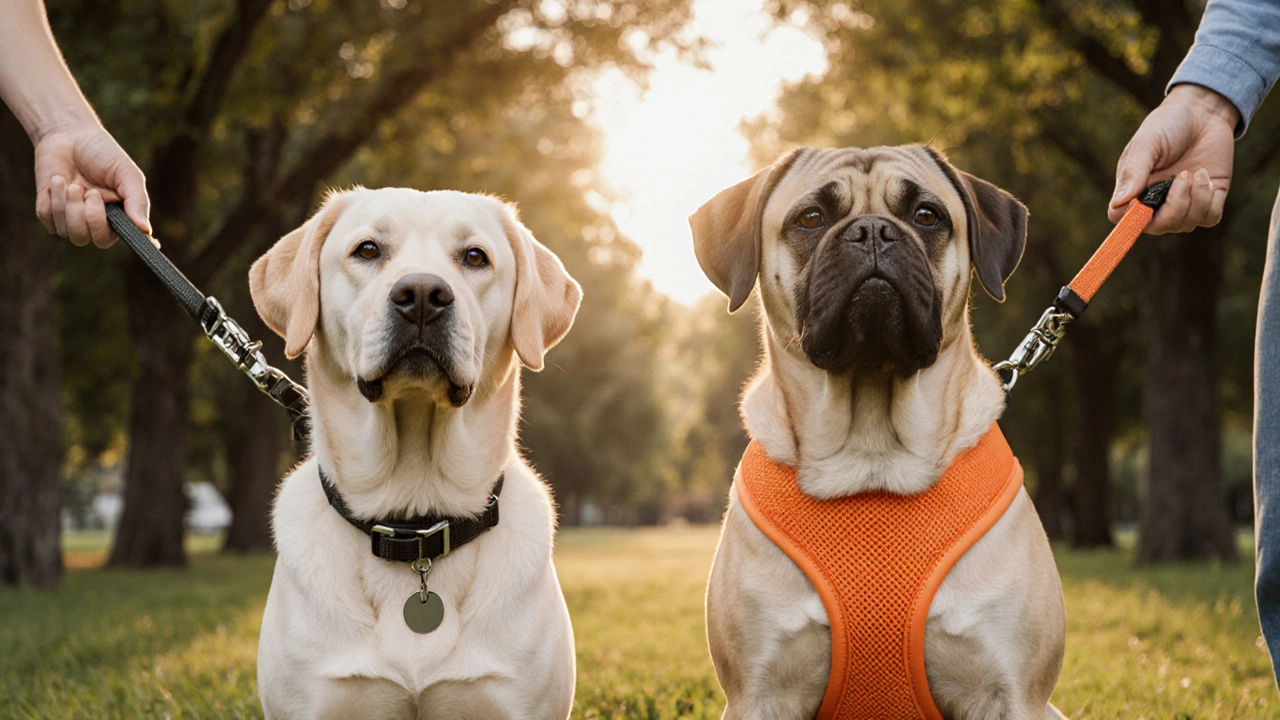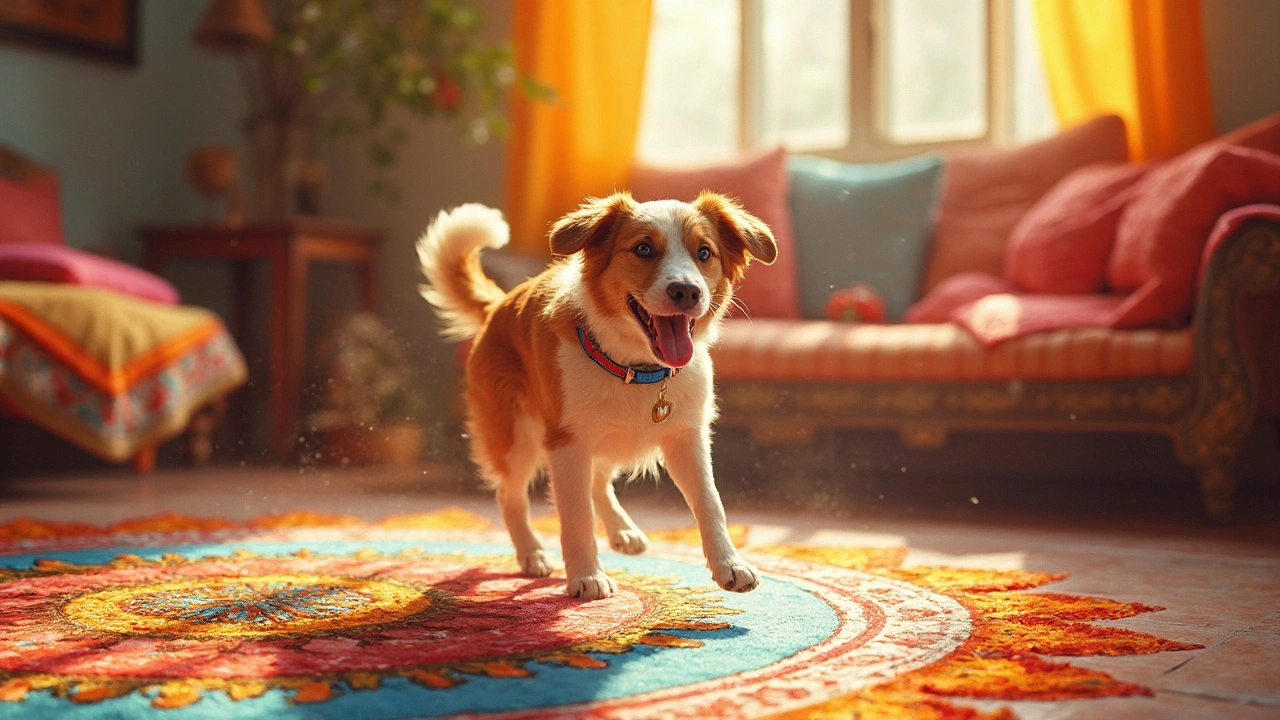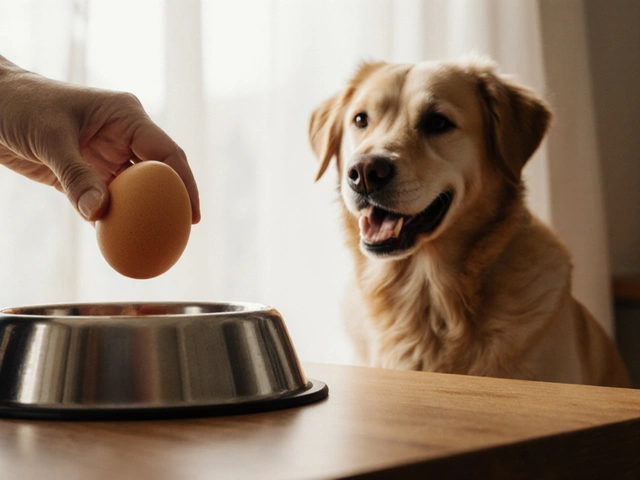Pet Safety: Simple Steps to Protect Your Dog and Cat
Every pet parent wants a happy, healthy companion, but safety slips in when we forget the little things. From a loose cord in the living room to a stressful flight, hazards are everywhere. The good news? Most of them can be fixed with a few quick changes. Below are the must‑know tips that keep your dog or cat safe without turning your life upside down.
Home Safety Basics
First, scan your home like a detective. Electrical cords, cleaning supplies, and small objects are the biggest culprits for accidental injuries. Keep cords out of reach or cover them with protective tubing. Store chemicals—especially bleach, lawn sprays, and even certain essential oils—behind locked cabinets. Dogs love to chew, cats love to explore, so a simple pantry lock can stop a nasty poisoning before it happens.
Next, check your flooring and furniture. Slippery rugs can send a pup sliding into a wall, while unstable cat trees can tip over. Use non‑slip pads under rugs and make sure any climbing gear is anchored securely. If you have a garden, fence off any toxic plants like lilies, oleander, or foxglove. A quick internet search will tell you which common yard flowers are dangerous.
Don't forget the temperature. Many owners leave their pets in a parked car for a quick errand—never do that. Even on a mild day, a car can heat up to dangerous levels in minutes. If you need to run an errand, bring a friend’s dog or use a pet‑friendly service instead.
Travel and Outdoor Safety
When you hit the road or the sky, safety rules change, but the principle stays the same: preparation. For car trips, always use a crash‑tested harness or a sturdy crate that’s secured to the seatbelt. This keeps your dog from becoming a projectile in a sudden stop.
Air travel adds another layer. Before you book, check which airlines allow pets in the cabin versus cargo and read their breed‑size restrictions. If you must use cargo, look for airlines that offer temperature‑controlled compartments and have a solid reputation for pet care. Packing a familiar blanket, a water bottle, and a short‑term calming aid can make the journey far less stressful for your dog.
Even short trips to the park need a safety mindset. Keep your dog on a leash unless you’re in a designated off‑leash zone. Leash length matters—short enough to control, long enough for them to explore. For cats, a harness and a quick‑release collar protect them if they slip out of a carrier.
Lastly, consider mental safety. Leaving the TV on for a bored dog can help some, but it’s not a cure‑all for separation anxiety. Choose soothing music or a dog‑specific channel, keep the volume low, and pair it with a chew toy or puzzle feeder. If your pet still shows signs of distress, consider a professional trainer or a calming supplement.
Safety isn’t a one‑time checklist; it’s a daily habit. By scanning your space, securing travel gear, and watching your pet’s behavior, you’ll catch most problems before they turn into emergencies. Start with one change this week—whether it’s tucking away a dangerous cord or adding a travel harness—and notice the peace of mind that follows. Your pet’s safety is simple, affordable, and worth every effort.

Dog Collar vs Harness: Which Is Safer for Walking?
Find out whether a dog collar or a harness is safer for walks, how anatomy, behavior, and breed affect the choice, and get a practical checklist.
read more
Is It Safe to Walk Your Dog With Just a Collar? Expert Advice and Tips
Curious if you can safely walk your dog with just a collar? This article unpacks the pros, cons, and real-world risks of using only a collar during walks. Get expert tips, surprising facts, and practical advice for keeping your dog safe and comfortable on leash. Whether you’re a new or seasoned dog owner, you’ll find everything you need to make informed choices about collars, harnesses, and walking gear. Plus, learn about common mistakes and what veterinarians actually recommend.
read more
Why Dogs Should Go Collarless at Home
Leaving a collar on a dog at all times might seem harmless, but it can lead to unexpected issues. This article explores why it's better to let your furry friend go collarless, at least around the house. From potential health risks to everyday practicality, discover the reasons for giving your pup a break from their collar. Learn how simple changes can enhance your pet's comfort and safety. Plus, find out what alternatives might work better for you and your dog.
read more
Do Airlines Provide Food for Pets in Cargo? Essential Information for Pet Owners
Traveling with pets can be a challenging experience, especially when it involves them being transported in the cargo hold of an airplane. Many pet owners worry about the welfare of their furry family members during the flight. This article delves into whether airlines provide food for pets in cargo, exploring guidelines, options, and tips for ensuring your pet's comfort. Understanding these procedures will help you prepare adequately and reduce stress for both you and your pet during air travel.
read more



